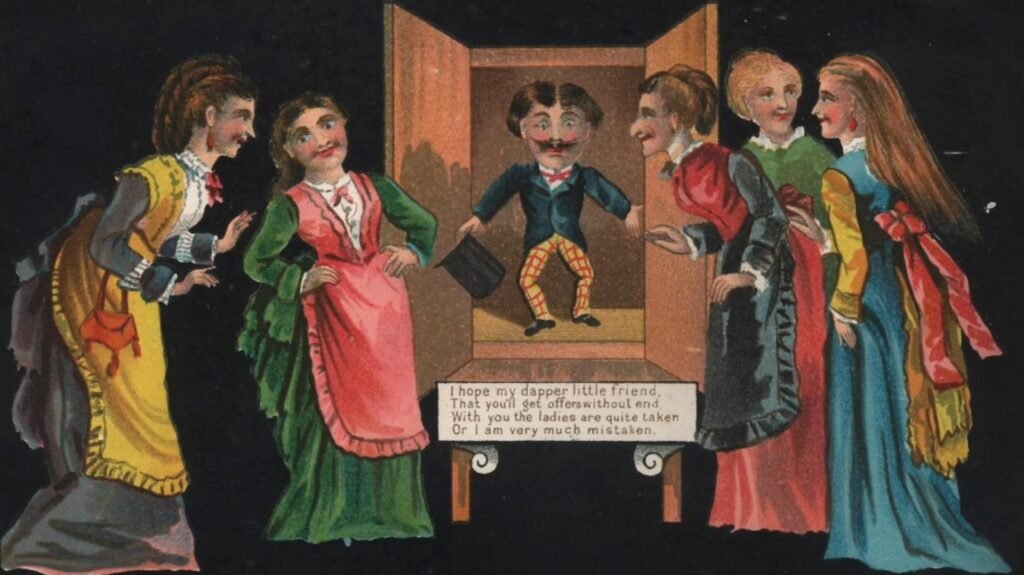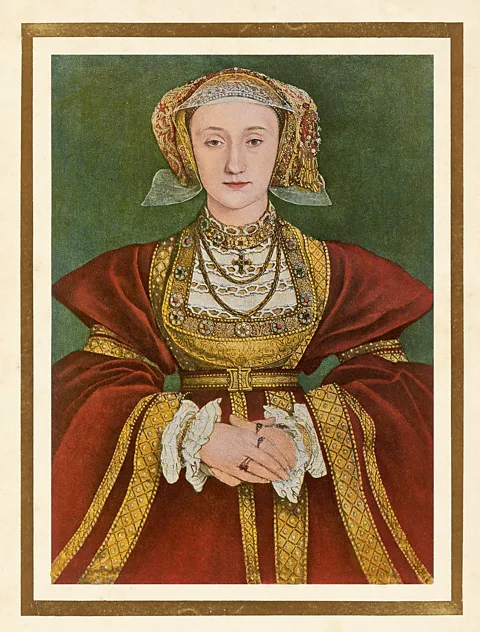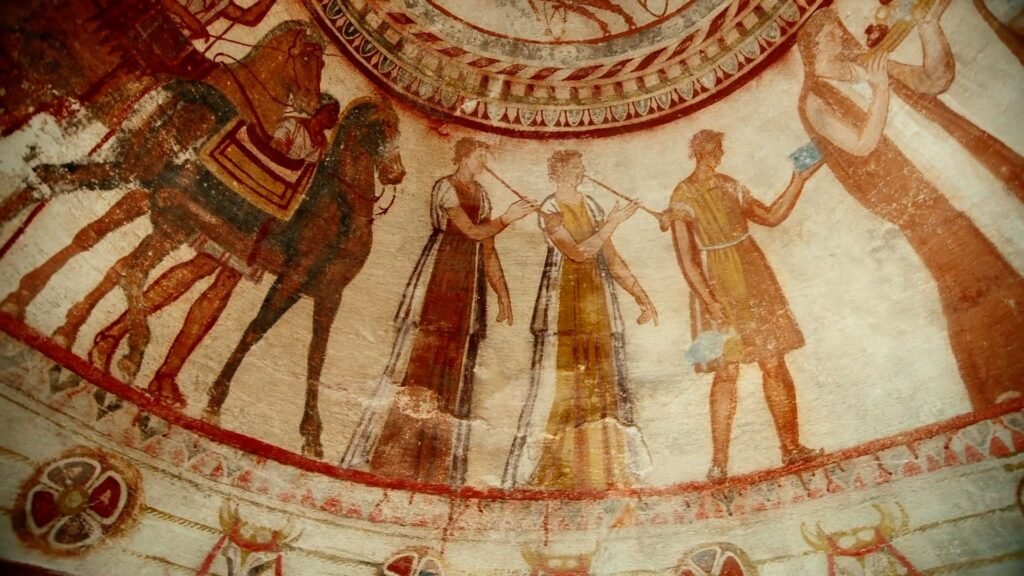The Hidden Languages of Dating Across Time

From the elegant drawing rooms of the Regency era to the neon-lit dance floors of 1920s Berlin, human beings have long relied on the hidden languages of dating to express affection and desire without speaking. These coded gestures, symbolic gifts, and discreet social cues were more than romantic quirks—they were vital tools for courtship in societies with strict rules. While today’s love lives often play out through swipes and emojis, the hidden languages of dating remind us that non-verbal communication still shapes our relationships. Across time and cultures, these timeless rituals show that the hidden languages of dating are as relevant now as ever.
Regency Romance and the Hidden Language of the Fan
During the Regency era, love blossomed in ballrooms and social salons where words were often replaced by gestures. Flirtation wasn’t just fun; it was an art. A popular form of silent communication at the time was “fan flirting.” Hand fans became tools of coded messages. Specific movements conveyed anything from interest to disdain.
In 1797, a design called “Fanology” laid out a complete alphabet using fan positions. Although playful, it allowed women to express themselves in otherwise restrictive environments. Subtle gestures like fluttering the fan or placing it near the heart conveyed intentions that couldn’t be spoken aloud.
Alongside this, lovers exchanged tokens: embroidered items, pressed flowers symbolizing virtues like modesty and fidelity, and locks of hair that served as intimate keepsakes. Books were shared with passages underlined to reveal personal values, while love letters were often scented to invoke desire.
Visual Courtship and the Hidden Languages of Dating Through Portraits and Early Photography
Before photographs, painted portraits played a crucial role in matchmaking, especially among the nobility. The betrothal portrait of Anne of Cleves famously swayed Henry VIII—though their union didn’t last, the portrait served its purpose in courtship.

With the rise of photography in the Victorian era, portraits became more accessible. The cartes de visite, small portrait cards, became early social media equivalents. People shared these mementos with prospective partners, carefully posed to project status, personality, and attractiveness. Background props such as pets or books added layers of meaning—mirroring how today’s dating app profiles are curated with exotic travel shots or stylish aesthetics.
Clandestine Communication in Berlin’s Nightlife
By the 1920s, social conventions loosened. In Berlin, nightlife provided new venues for romantic pursuits. Clubs like Residenz-Casino offered unique systems of communication. Guests could send messages via pneumatic tubes directly to others’ tables. This early content moderation system included a switchboard operator who ensured messages remained polite.
Trinkets, cigarettes, or even invitations to dance accompanied these notes. It was a thrilling mix of anonymity and excitement. Watching someone open a discreet message across a room created an unspoken connection—a practice echoed today in the mystery and anticipation of unread messages on dating apps.
LGBTQ+ Symbols: Safety in Subtlety
For LGBTQ+ individuals, hidden languages were often a necessity rather than a romantic indulgence. The green carnation, made famous by Oscar Wilde, became a symbol of queer identity. Violets and lavender, too, carried coded meanings, harkening back to ancient floriography.

Jewelry, handkerchiefs, or specific fashion choices became visual markers of identity. These quiet yet powerful codes allowed queer people to signal safely and find connection within a hostile world. Even in the 20th century, coded classifieds and discreet exchanges helped queer communities navigate oppressive laws and societal judgment.
Courting Through Gifting and Ritual
The ritual of giving gifts to express affection spans cultures and centuries. In Regency England, women created personalized items like hand-embroidered waistcoats, while men gifted miniatures or floral arrangements.
These practices persist today in digital form—couples share Spotify playlists, personalized memes, or game accounts. Whether digital or physical, the underlying message remains: “I know you. I see you.”
The Art of Projection: From Cartes to Profiles
Victorians crafted their image through posed cartes. Today, dating app profiles perform the same function. Users select photos, write bios, and choose hobbies to reflect their ideal selves. Props and environments, whether a surfboard or a skyline, help shape identity and compatibility.
Just as 19th-century lovers treasured keepsakes, modern daters collect digital relics—screenshots of chats, saved photos, and social media tags. Each token speaks to connection and memory.
The Thrill of Secrecy: Why Hidden Languages Persist
Part of the allure of these secretive gestures is the thrill of shared knowledge. Whispered meanings and symbolic codes forge intimacy. Whether through the gentle flick of a fan or the careful selection of a book passage, these actions cultivate emotional closeness.
In LGBTQ+ culture, this secrecy was also about protection and survival. But even beyond that, humans are drawn to the idea of romance as a private, sacred bond—a connection visible only to those within it.
Modern Echoes of Old Codes
Contemporary dating is steeped in the same silent signals: the double tap on a photo, the playlist sent late at night, the Snapchat streaks. Emojis carry nuanced meanings, while profile bios suggest compatibility or status through carefully chosen words and aesthetics.

These modern expressions echo traditions from centuries past. Just as lovers once pressed flowers into books, today they share location pins or Venmo each other coffee money as love tokens.
The Universal Language of Love
Despite evolving technologies, one truth remains constant—humans crave connection. Whether through fans, photographs, coded messages, or emojis, we craft and interpret symbols to express our deepest desires.
The hidden languages of dating offer more than nostalgia; they reveal how our pursuit of love is both timeless and inventive. In every era, the ways we flirt, signal, and connect reflect both cultural norms and universal emotions. Love may change shape, but its essence—quiet, creative, and deeply human—remains beautifully the same.




